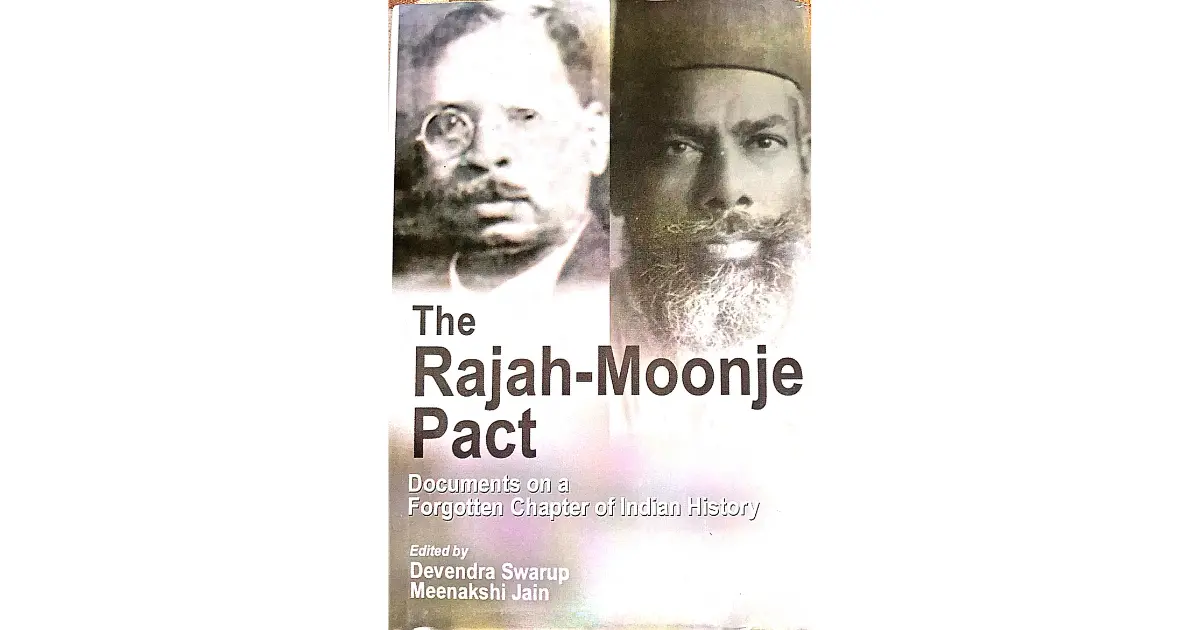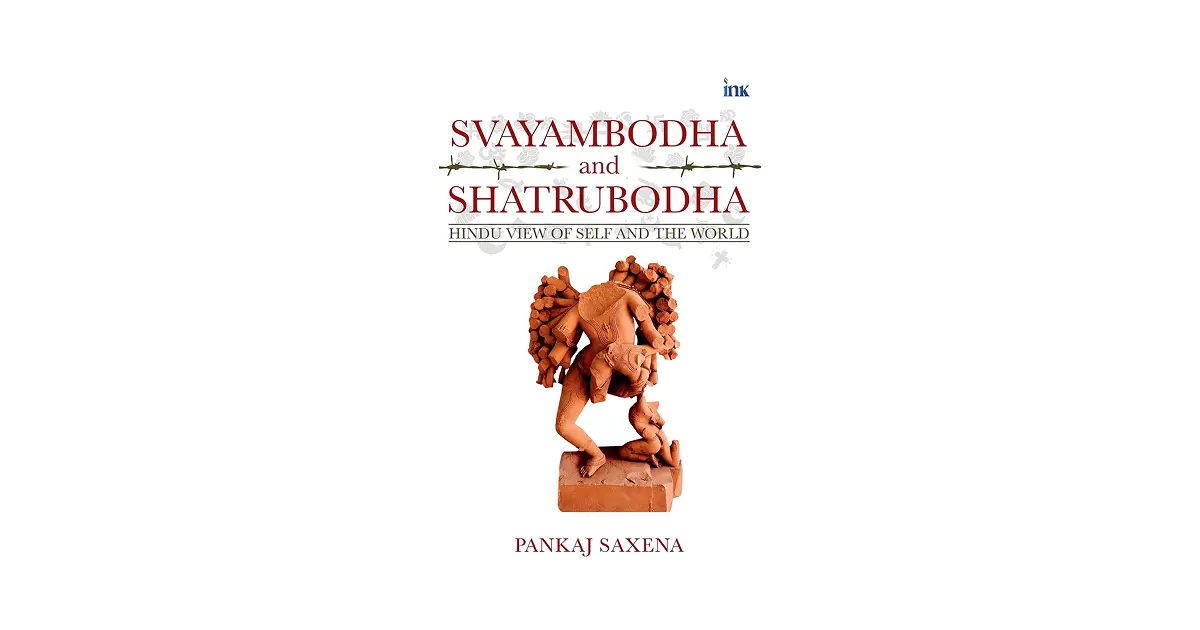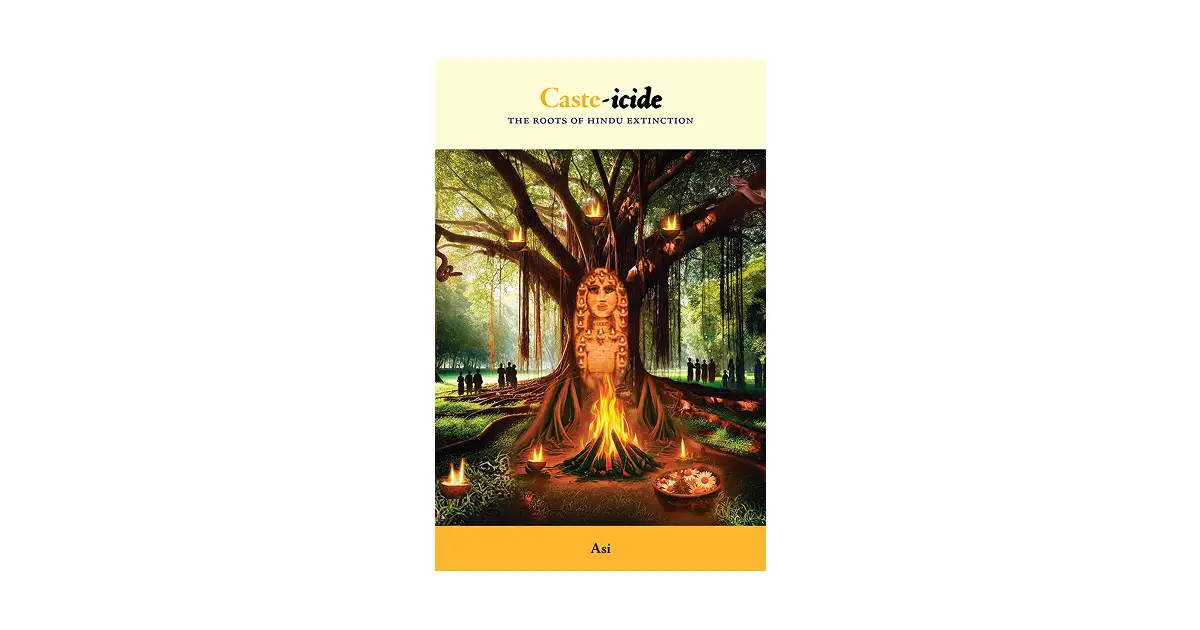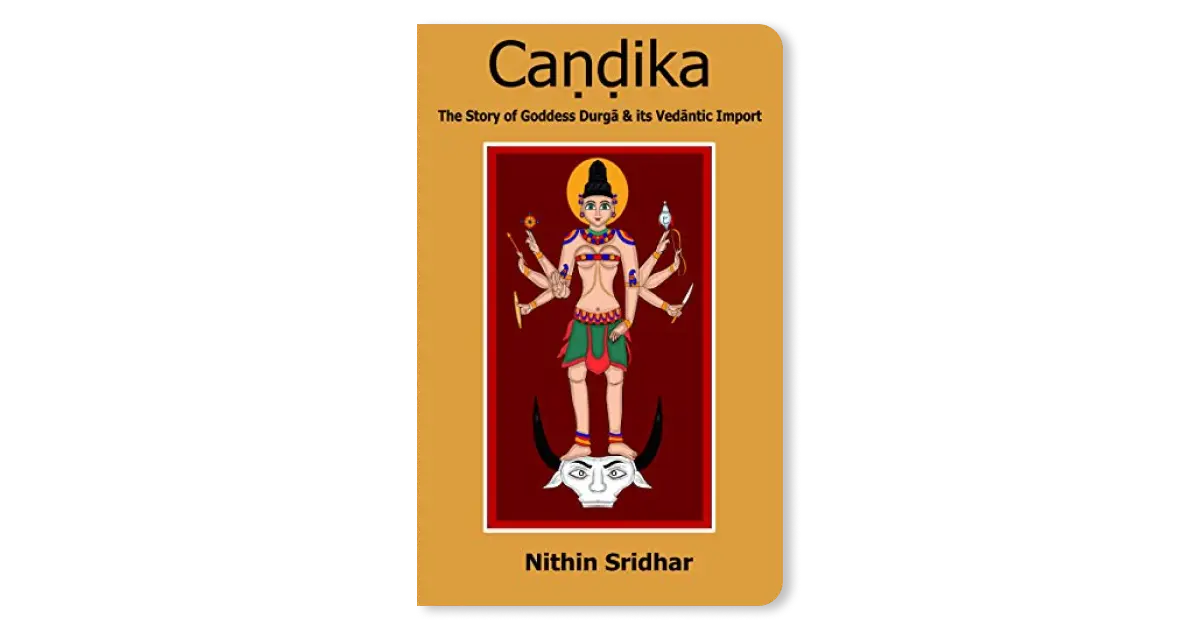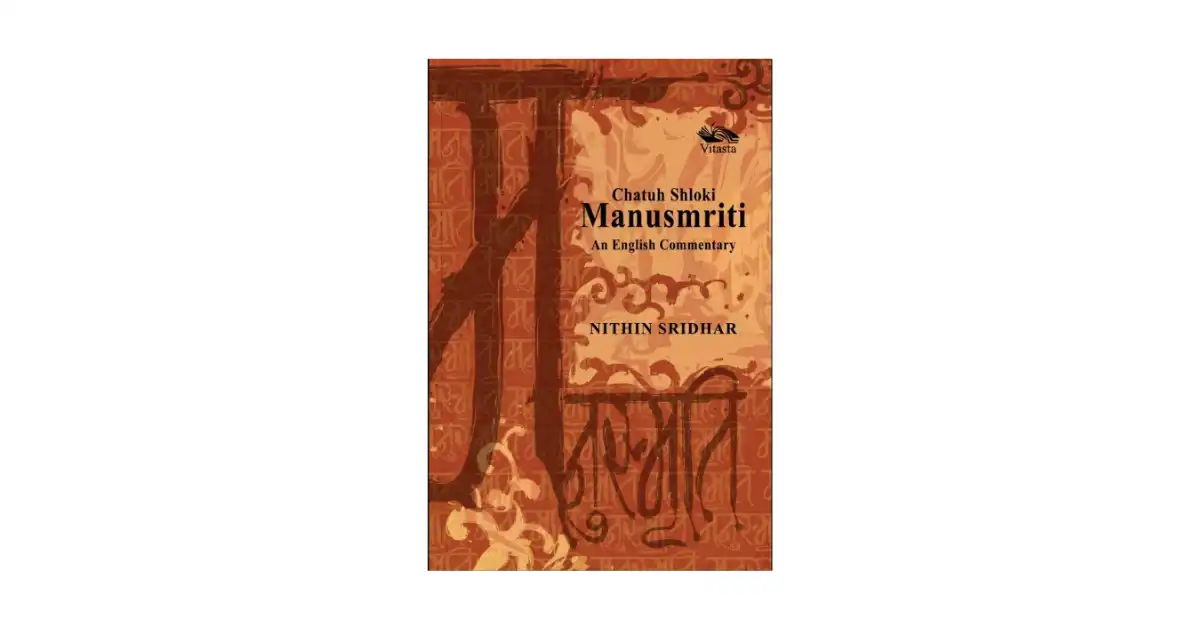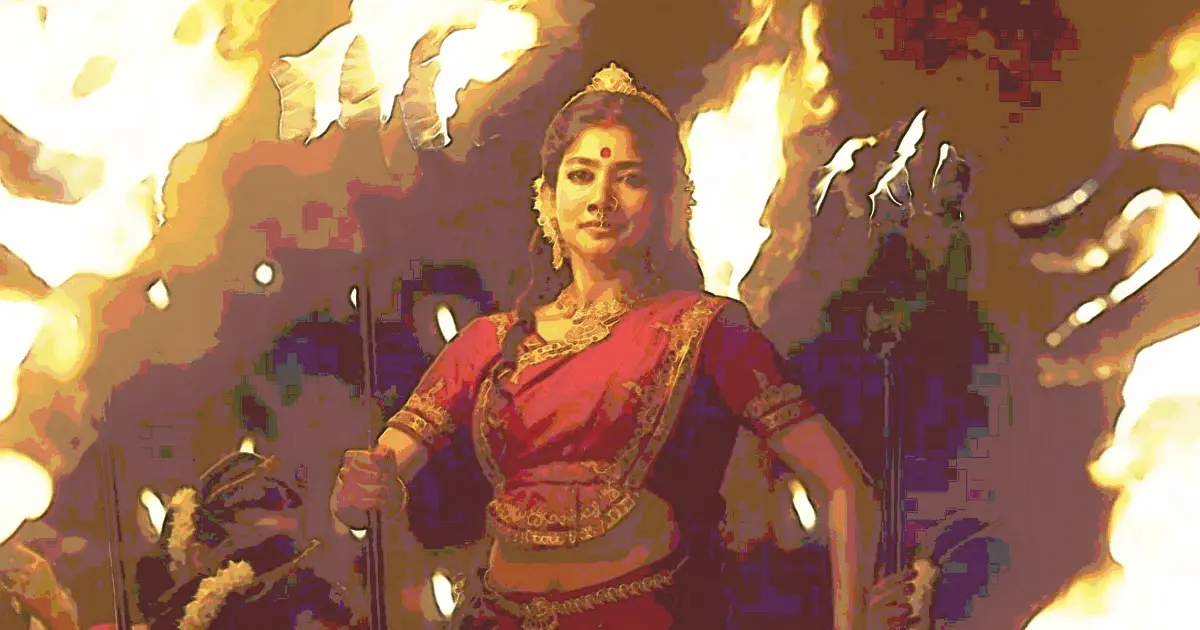Modern Indian political history is an intriguing tale of numerous remarkable individuals and events that led to substantial changes in the path our nation chose to tread upon. The recording of these events and individuals forms a major part of our historical writing. Ideally, all these events and individuals are to be described in great detail; but many a time this is not appropriately done, and many important events and individuals are banished from our historical writing - either due to personal or ideological reasons.
The book The Rajah-Moonje Pact uncovers and elucidates on this historical event that was the precursor to the Poona Pact, which ensured that the Depressed Classes(now Scheduled Castes or Dalits) remained politically within the Hindu community; that too, with the joint electorates instead of getting separate electorates under the communal award of 1932. The Poona pact is a well known chapter of history, unlike the Rajah-Moonje Pact. The book is divided into nine chapters, including an introduction and an additional index.
In the introduction chapter, the editors chronicle the political and historical reality of the times which this book is set in, and take us towards the Pact upon which this book is based. It discusses other important historical events which led to the Rajah-Moonje pact.
More importantly, it also dives deep into the conspiracy hatched by the British to break apart the Hindu society on caste lines, by providing the Depressed Classes with separate electorates
The British saw the depressed classes as ‘Protestant Hindus’ who were fighting for their rights against the clergy class of Bharat, which were the brahmins according to the British. To accomplish the task of breaking the essential unity of Hindu society, they took the help of many leaders within the different Indian communities; and this effort led to the formation of the minorities pact between Depressed Classes leaders and leaders of the Muslim, Christian, Sikh, Anglo-Indian and European community - which provided these communities separate electorates.
To thwart this, the Rajah-Moonje pact was signed in February 1932 between M.C. Rajah, the president of the largest Depressed Class grouping called the All India Depressed Classes association, and B.S. Moonje, who was the president of the Akhil Bharat Hindu Mahasabha and mentor of the RSS founder Dr. K.B Hedgewar. The All India Depressed Classes association had forty thousand prominent members of the depressed classes as members, where M.C. Rajah was elected as president After the signing of this pact in 1932, many prominent members and leaders of the depressed classes were in support of the Rajah-Moonje pact; or in support of the Minorities pact, which essentially boiled down to support for Joint electorates or Separate electorates.
G.A. Gavai and P. Baloo were some prominent leaders who were in support of the Rajah-Moonje pact, which ensured Joint electorates, and P.G. Solanki was someone in support of the minorities pact, which would result in separate electorates. The Rajah-Moonje pact seemed to have wider support within the depressed classes and its leaders, compared to the minorities pact which further ensured the signing of the Poona Pact. This in turn gave the Mahatma the confidence to go on a hunger strike, and force depressed class leader Dr. Ambedkar to sign the Poona pact. The meeting towards the pact was organized by Mahamana Madan Mohan Malviya.
The later chapters of the book are filled with archival documents such as speeches, letters, correspondences, news articles, and documents related to the Minorities pacts; as well as the speech given by Ramsay McDonald during the announcement of the communal award. These show that the book has been extensively researched, that it is backed up with extensive evidence from governmental archives of England and Bharat, as well as the archives of newspapers in which these articles were published.
The archival part of the book is divided into seven sections, each concerning itself with a different perspective around the Rajah-Moonje pact and its competitor, the Minorities pact. The first archival section deals with the views of the British authorities, the second section with the views and statements of the depressed class leaders who were for or against the Rajah-Moonjee pact, and the third section contains the views of the different newspapers. The last four sections are filled with speeches, letters, the entire pacts, and awards. These seven sections of the book are the most rewarding of all, as here the brilliant editors of the book, Padma Shri Dr. Meenakshi Jain ji and Padma Shri Devendra Swarup ji, have provided most of the source material based on which the narrative of the book is written. These also help readers to form an opinion of their own, based on the documents provided in the book.
An excerpt from the speech given by M.C. Rajah ji in the legislative assembly on 13th September 1932:
The sufferings that my community has undergone at the hands of the Caste Hindus have been acknowledged by the Caste Hindus themselves, and I am prepared to admit that there are a large number of reformers among them who are doing everything possible to improve our status and position. I am convinced that there is a change of heart and a change in the angle of vision of Caste Hindus. We, Depressed Classes, feel ourselves as true Hindus as any Caste Hindu can be, and we feel that the moral conscience of the Hindus has been roused to the extent that our salvation lies in bringing about a change from within the main body of Hindu society and not segregating ourselves from them.
Something, our society needs to remember again.
The book ends with biographical sketches of all major individuals who were at the center of the Rajah-Moonje pact, which left a strong imprint on Bhāratīya history and society.
